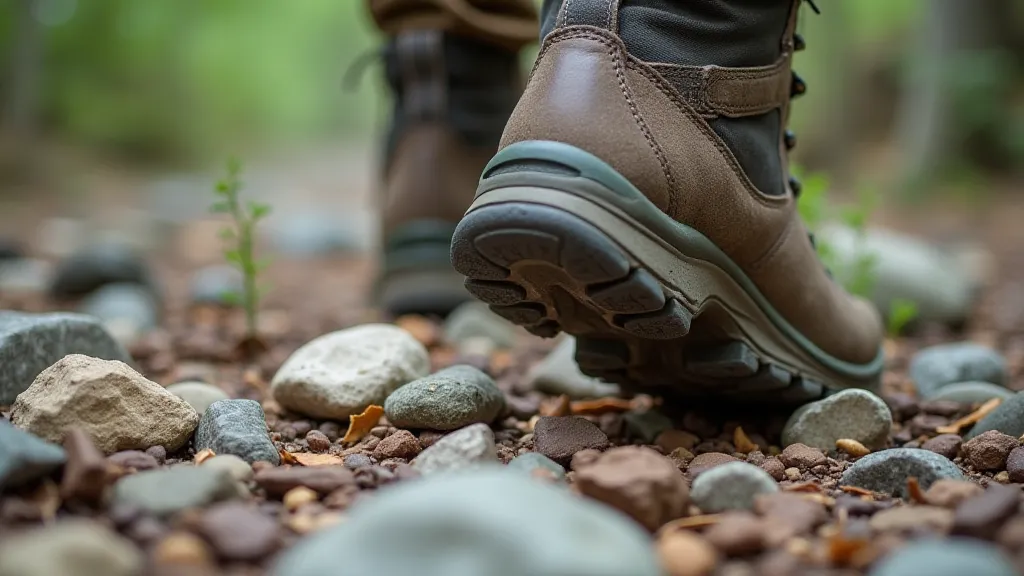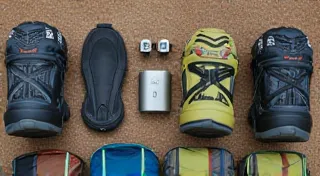Conquering the Appalachian Trail: A Beginner's Guide and Gear Checklist
The Appalachian Trail (AT) – just the name evokes images of breathtaking vistas, challenging climbs, and a true test of personal endurance. It’s a legendary hiking experience, but tackling it, even in smaller sections, can feel daunting for first-timers. This guide breaks down the challenges, offering practical advice and a gear checklist to set you up for success. We'll cover manageable sections for beginners, realistic timeframes, resupply points, permit requirements, and a comprehensive gear list.
Understanding the Appalachian Trail
Stretching over 2,190 miles from Georgia to Maine, the AT offers a diverse range of terrain, climate conditions, and challenges. It’s not just a single trail; it's a network of paths, fire roads, and rocky climbs. While thru-hiking (completing the entire trail) takes months, most beginners start with shorter sections for a taste of the AT experience.

Beginner-Friendly Sections
For your first AT experience, consider these sections:
- Georgia (Springer Mountain to Amicalola Falls State Park): Relatively gentle terrain, well-maintained trails, and good water sources. Offers a gradual introduction to backpacking.
- Shenandoah National Park (Virginia): Scenic beauty with stunning views. Moderate difficulty with well-marked trails.
- Great Smoky Mountains National Park (North Carolina/Tennessee): Lush forests and challenging climbs. Requires some experience, but offers unique biodiversity.
Estimated Timeframes
Time on the AT varies drastically based on fitness level, experience, and desired pace. Here's a general guideline:
- Weekend Hike (2-3 days): 10-20 miles total.
- 5-Day Backpacking Trip: 25-50 miles total.
- Section Hike (1-2 weeks): 50-100+ miles.
Resupply Points
Proper resupply is critical. The AT passes near numerous towns where you can restock food, water, and supplies. Research resupply points along your planned route and plan accordingly. Carry enough food and water for the stretches between towns.
Permit Requirements
Permit requirements vary depending on the section of the trail you’re hiking. Check the specific park or forest service website for the area you’re planning to visit. Some require permits for camping, especially in popular areas.
Gear Checklist: From Ultralight to Traditional
Your gear is your lifeline on the AT. Here’s a comprehensive checklist, categorized by backpacking style:
Ultralight (Under 15 lbs Base Weight)
- Backpack: 40-50 liters (approx. 2-3 lbs)
- Tent/Shelter: Single-wall tent or tarp (approx. 1-2 lbs)
- Sleeping Bag/Quilt: Down or synthetic (approx. 1-2 lbs)
- Sleeping Pad: Inflatable or foam (approx. 8-16 oz)
- Cooking System: Small stove and pot (approx. 8-12 oz)
- Water Filter/Purifier: Sawyer Squeeze or similar (approx. 3-4 oz)
- Headlamp: With extra batteries
- First-Aid Kit: Comprehensive and lightweight
- Navigation: Map, compass, GPS (optional)
- Clothing: Moisture-wicking layers, rain gear
Traditional (15-25 lbs Base Weight)
- All items from Ultralight list
- Tent: Dome tent or freestanding tent (more durable, heavier)
- Sleeping Bag: More insulation for colder temperatures
- Cooking System: Larger stove and cookware
- Extra Clothing: More layers for varied conditions

Essential Hiking Tips
- Break in your boots: Prevent blisters by wearing them around before your hike.
- Start Slow: Don’t push yourself too hard, especially on the first few days.
- Water is Life: Hydrate constantly.
- Leave No Trace: Pack out everything you pack in.
- Be Aware of Wildlife: Store food properly and be cautious around animals.

Embrace the Journey
Conquering a section of the Appalachian Trail is an incredible achievement. Remember to enjoy the scenery, connect with nature, and appreciate the challenge. Proper planning and preparation are key to a safe and rewarding experience.





